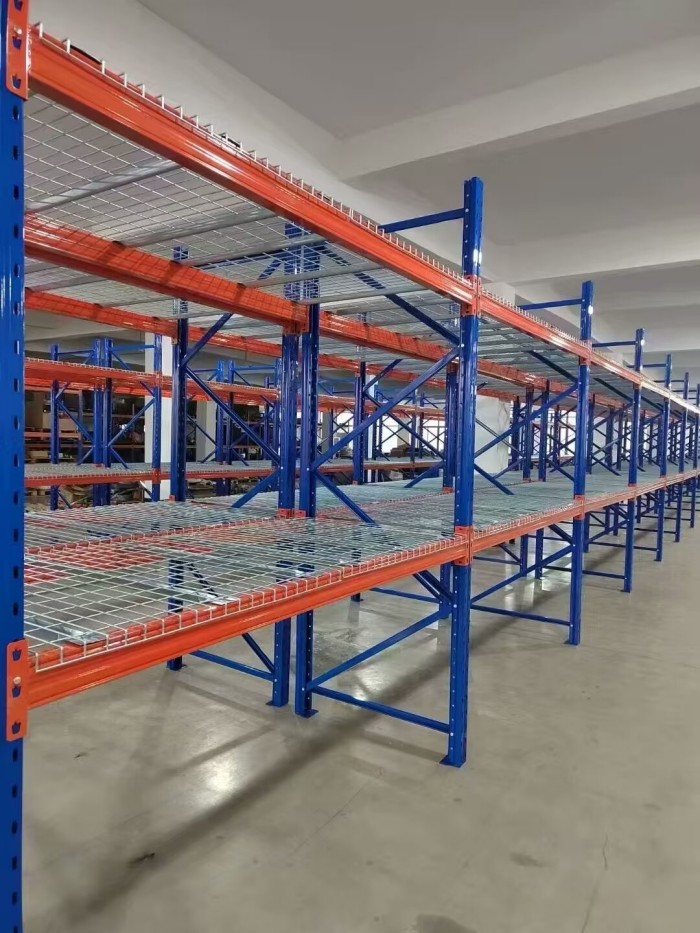Unveiling the Ultimate Sound Absorbing Material: A Comprehensive Guide
In today's fast-paced and noisy world, finding effective sound absorbing materials has become crucial. Whether it's for creating a peaceful environment at home, reducing noise pollution in public spaces, or enhancing acoustic performance in professional settings, the search for the best sound absorbing material is a constant endeavor. In this blog post, we will delve into the world of sound absorption, exploring various materials and their effectiveness, ultimately revealing the ultimate sound absorbing material.
- Understanding Sound Absorption:
Before we embark on our quest for the best sound absorbing material, it's essential to grasp the fundamentals of sound absorption. Sound absorption refers to the process by which materials convert sound energy into heat energy, reducing the reflection and transmission of sound waves. The effectiveness of a sound absorbing material is determined by its ability to absorb sound across a wide range of frequencies. - Traditional Sound Absorbing Materials:
2.1. Fiberglass Insulation:
Fiberglass insulation, commonly used in construction, is a popular sound absorbing material. Its composition of tiny glass fibers traps sound waves, converting them into heat energy. However, it may not be suitable for all applications due to its potential health hazards and limited aesthetic appeal.
2.2. Acoustic Foam Panels:
Acoustic foam panels, often seen in recording studios and home theaters, are designed to absorb sound waves effectively. Their porous structure and open-cell foam composition allow for optimal sound absorption across various frequencies. However, they may not be as effective in low-frequency ranges.
- Advanced Sound Absorbing Materials:
3.1. Microperforated Panels:
Microperforated panels, made from materials like wood or metal, feature tiny holes that allow sound waves to enter and get trapped within the panel. These panels are highly effective in absorbing sound across a wide frequency range, making them suitable for both commercial and residential applications.
3.2. Aerogel:
Aerogel, a lightweight and highly porous material, has gained attention for its exceptional sound absorption properties. Its unique structure and low density enable it to absorb sound waves efficiently, even at low frequencies. Although still in the experimental stage, aerogel holds immense potential for future soundproofing applications.
- Innovative Sound Absorbing Solutions:
4.1. Acoustic Fabrics:
Acoustic fabrics, specially designed with sound absorption in mind, offer a versatile and aesthetically pleasing solution. These fabrics can be used in various applications, such as wall coverings, curtains, and upholstery, effectively reducing noise levels while adding a touch of elegance to any space.
4.2. Green Roofs:
Green roofs, featuring a layer of vegetation, have been found to provide significant sound absorption benefits. The combination of soil, plants, and air gaps within the roof structure helps attenuate sound waves, making green roofs a sustainable and visually appealing option for noise reduction.
Conclusion:
In the pursuit of the best sound absorbing material, we have explored various options, ranging from traditional choices like fiberglass insulation and acoustic foam panels to advanced materials like microperforated panels and aerogel. Additionally, we have discovered innovative solutions such as acoustic fabrics and green roofs. The choice of the best sound absorbing material ultimately depends on the specific requirements of each application. By understanding the principles of sound absorption and exploring these materials, we can create quieter and more comfortable environments, enhancing our overall well-being.





